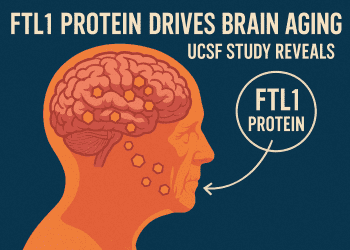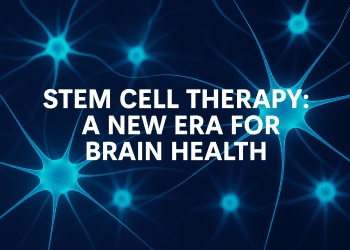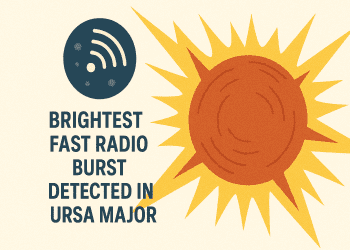A groundbreaking detection by LIGO, dubbed GW250114 from January 2025, has provided the most definitive confirmation of predictions by Albert Einstein, Stephen Hawking, and Roy Kerr. This black hole merger, forming an entity with 63 solar masses spinning at 100 revolutions per second, offers unprecedented clarity into black hole mechanics. Led by Maximiliano Isi and Will Farr at the Flatiron Institute, the analysis, published September 10, 2025, in Physical Review Letters, underscores that astrophysical black holes align precisely with Einstein’s general relativity. The event’s gravitational waves, the clearest yet recorded, allow scientists to dissect the collision from initial contact to final settlement in mere milliseconds, revealing hidden dynamics of space-time distortion.
Gravitational waves, ripples in space-time from colliding black holes, echo like bell tolls, their tones dictated by the progenitors’ properties. Observatories like LIGO, Virgo, and KAGRA detect these via laser interferometry, measuring infinitesimal path changes. This detection, akin to the 2015 landmark but with enhanced instruments, enables isolation of post-merger ringing. In 2021, Isi and team pioneered tone separation using 2015 data; now, with fourfold resolution, they affirm Kerr’s 1963 equation: black holes are simple, characterized solely by mass and spin. Precise frequency and decay measurements validate this, peeling back layers of cosmic simplicity amid violent unions.
Hawking’s area theorem, positing black hole event horizons only expand, receives robust endorsement. This boundary, beyond which nothing escapes, behaves like entropy in thermodynamics, never decreasing. Post-2015, Hawking pondered merger signals for theorem tests; by 2019, tentative confirmations emerged via Isi-Farr methods. GW250114’s data, per Simons Foundation insights, bolsters this with high confidence, linking gravity to quantum realms. The theorem’s thermodynamic parallel hints at deeper physics, where black hole entropy probes space-time’s essence, potentially advancing quantum gravity theories merging relativity and quantum mechanics.
Latest updates from APS and MPG affirm the signal as the loudest gravitational wave, verifying Hawking’s law with elevated credibility. Cornell’s September 10 report ties it to LIGO’s 10th anniversary, highlighting tech upgrades for rigorous black hole scrutiny. PSU notes exemplify sensitivity gains, while IHES deems it remarkable for pre- and post-merger views. APOD’s September 24 artwork visualizes the spiral-in, adding veiled aesthetic to the collision’s narrative. These elements, drawn from LIGO-Virgo-KAGRA collaboration, unveil concealed connections: entropy-like growth signaling unified laws, with future detectors promising tenfold sensitivity for further enigmas.
Beneath overt waves, GW250114 harbors profound implications for physics’ frontiers. The merged black hole’s ringing, analyzed over ten milliseconds, exposes space-time’s extreme properties, per Flatiron. As detectors evolve, such events will probe quantum gravity, where entropy bridges classical and quantum worlds. This detection, echoing Einstein’s relativity and Hawking’s insights, stands as a milestone, with shrouded thermodynamic analogies fostering speculation on universe’s fundamental weave, guiding investments in astrophysical research.







